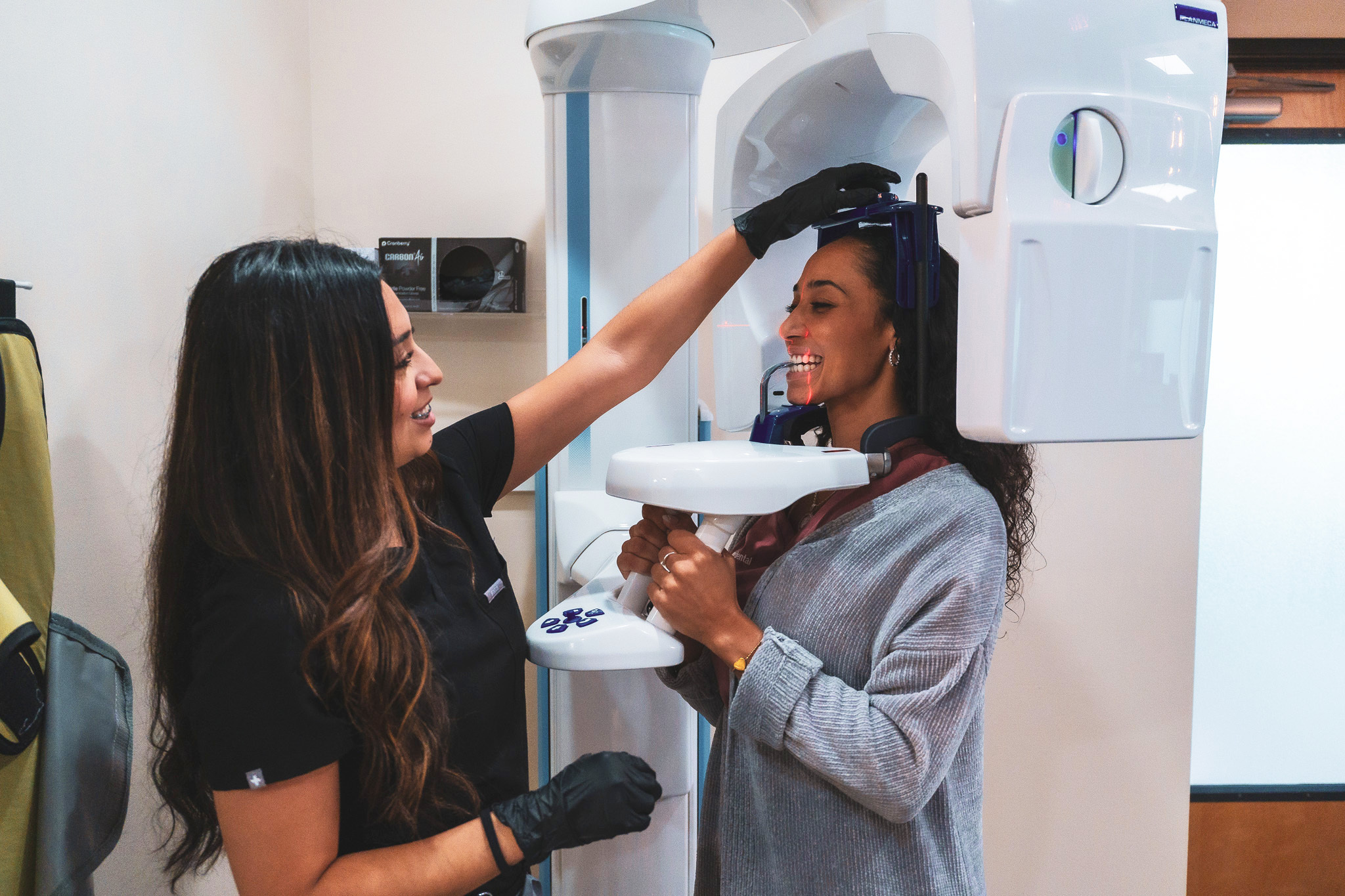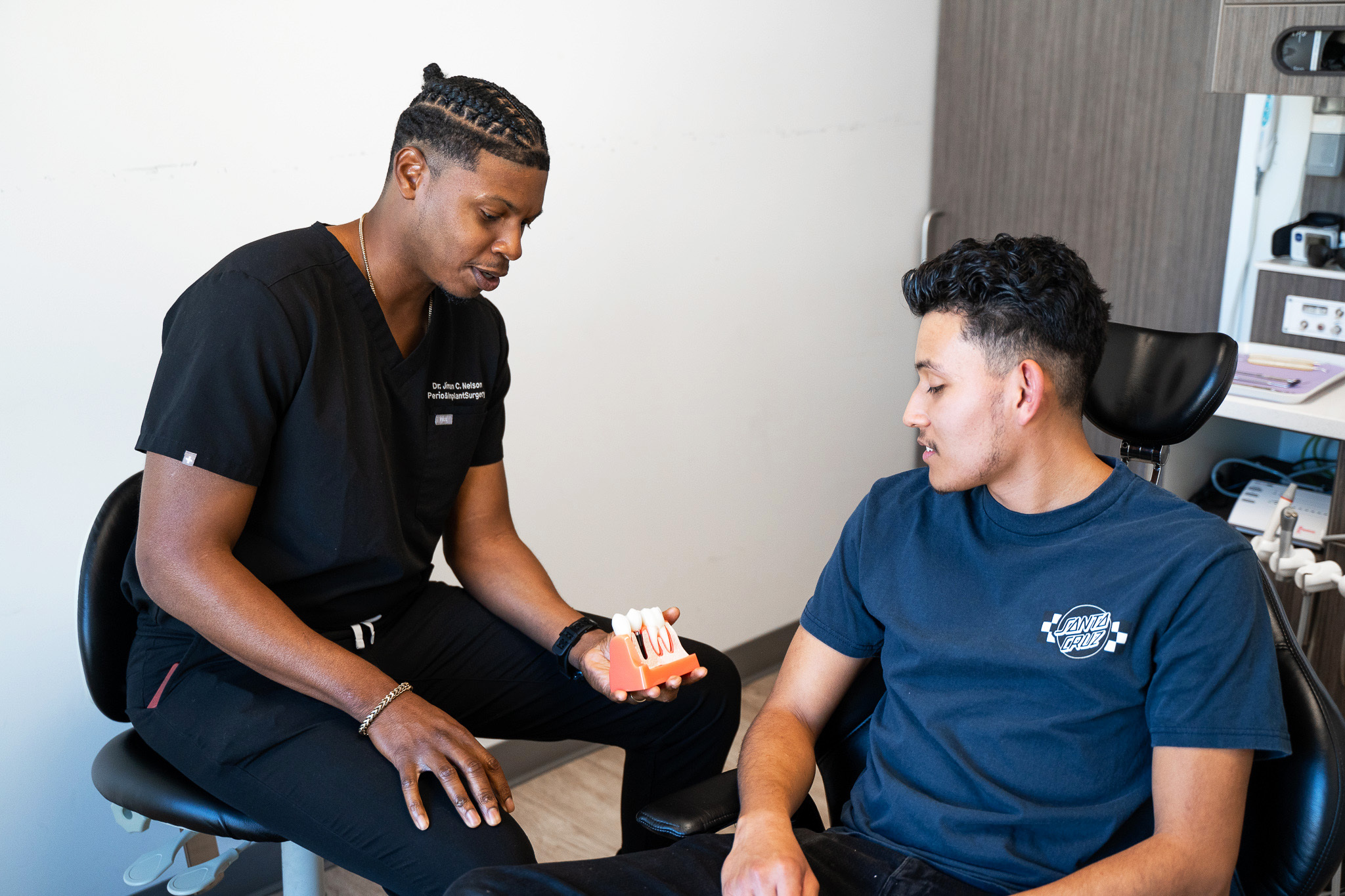The dentist can know that you need the graft and implant replacement procedure. They should know the amount of bone they need to make the implantation treatment successful. If it is not there, they will give you another option. The bone loss will come. As a result of tooth extraction or accident.
Various signs will help the dentist to recommend this procedure. It is important to allow the dentist to recommend a highly recommended treatment option for you. He can measure the bone thickness and decide if it can support an implant. The bone should be thicker than the implant.
If the treatment is done at the back of your mouth, you can get away with less than expected bone mass. But, in the front part, it may be an issue. It is almost impossible to alter the place of a poorly fixed implant. If the dentist has doubts over viability, you may be given the treatment as a caution.
If the tooth is extracted, the dentist should be aware that you need bone grafting. Socket preservation can help to reduce the loss of natural bone that happens after the extraction. However, this cannot keep the bone thick enough. You may still have bone grafting before the new tooth is implanted.
Dental implants have been used for several years to replace extracted teeth; it has become more widespread in the past few years. The implants can support the crowns that replace the missing teeth, dentures, and bridges that restore the missing teeth.
Implants are made of titanium; the metal is known to be compatible with the body tissues and able to bond with the nearest bone during the healing process. Studies have shown that implants are convenient and safe to replace missing teeth. The procedure offers natural-looking results.













